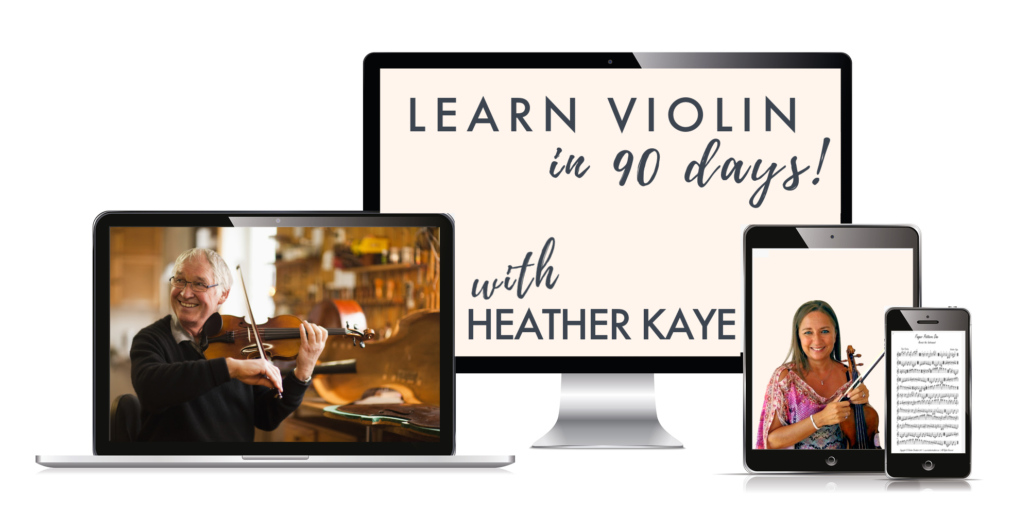10 Tips to Improve Your Sight Reading Skills
Struggling with reading notes? Not able to sight read well? The first step to improving sight reading skills is to be able to read music fluently. If you have any weaknesses or insecurities in reading music then your sight reading skills will be lacking.
A while back, I uploaded a “How to Read Music, Treble Clef” video to the youtube channel as a very basic video to learn how to read music. I had no idea it would become so popular. Funny thing is, I almost did not even upload it for the youtube channel. It was uploaded on a whim months after it was made. You can view the video below.
At the writing of this post it is at almost 200,000 views.
Many people commented wanting to know exactly how this applies to the violin. Hence, the inspiration for the Notes on the Violin video.
For me, I first learned the piano so when I learned the notes on the violin it was an extremely easy transition. It seems to be that there is a lot of confusion in the world on how to exactly apply the reading of the notes to the violin itself.
There are some great beginning note reading etude books out there. Use them for yourself or your students. Check out the ones I recommend and have used in my studio below.
Ready to learn violin and improve your note reading skills? Give yourself a fabulous foundation of EVERYTHING you need at the beginning of your violin journey with my course Learn Violin in 90 Days. Completely self-guided and all material is available 24/7. Discover more here.
Challenge yourself to read new music 5 minutes a day just above your normal reading level. Bartok violin duets for two violins volume 1 and volume 2 are excellent for practicing reading (for the intermediate to advanced player) because of all the crazy time signature changes and accidentals.
Orchestral Excerpts are phenomenal to practice sight reading for the more advanced players.
SIGHTREADING CHECKLIST
What to check before even starting to read/play a piece…
- Know the key signature.
- Know the time signature.
- Know if you are in a major or minor key.
- Know where your key changes are if any.
- Check tempo marking.
- Check for composer or time period to know the style of the piece.
- Look over dynamics before playing.
- Know the road map of the music – check for repeats and d.c. ‘s.
- Read groups of notes and not only one note at a time.
- Always subdivide.
- Keep going.
- Don’t stop.
- Don’t hesitate.
- Feel like when you start playing you have hopped on a train that is not stopping until it has reached it’s destination.
- Get better by Practicing Sight Reading – Schedule time in your practice sessions playing music never played before.
Most importantly have fun and get sight reading Music. A Little every day will take you a long way.
Please share in the comments which sight reading tips you will be implementing into your daily practices sessions.














Speaking from my own experience, joining an orchestral group had the best long-term benefit for my sight reading skills. There is nothing like the “heat of the action” to find out what you need to work on in your sight reading.
Couldn’t agree more Dave. Thanks for commenting.
Thanks for posting this useful review of ways to learn and teach sight-reading. I’ll be using these tips and materials with my students!
You are most welcome Danielle. Thank you for the question to inspire the post.